This blog was written by Lydia Lymperis, Doctoral Researcher in Education at Newcastle University. It was originally published on the British Educational Research Association (BERA) website on 27 May 2020.
As the world grapples with the short-to-longer-term imperative to identify distance- and remote-learning alternatives to previously face-to-face instruction, I am struck that some of the key themes that have emerged from my ongoing doctoral research in rural communities in Greece might also be relevant to responding to the growing Covid-19 crisis. Governments around the world are making substantial efforts to get students supplied with technology, and there seems to be an in-built assumption that as long as access to appropriate technology is ensured, and some technical instructions are disseminated, teachers will be automatically equipped to support students’ needs digitally. Similarly, it is assumed that students will automatically move into that receptive mode which leads to high levels of engagement.
 These are well-intentioned efforts, of course, but I worry that the outcome will be disappointing. I argue that we need to outflank the kind of thinking that leads us to believe that online learning affords no scope for pedagogical creativity, and that efficient delivery of online content alone equates to educational progress. Online pedagogies do not require resort to such outdated models. Yet, whether due to a lack of appropriate teacher support or a lack of student/parent buy-in for novel learning modalities, these types of didactic approaches may be what most students will receive during school closures (Winthrop, 2020). I would like to highlight the following important online learning design principles from my ongoing investigation with learners aged between eight and 12, which draw on social constructivist theories and are anchored in extant empirical research and global practice.
These are well-intentioned efforts, of course, but I worry that the outcome will be disappointing. I argue that we need to outflank the kind of thinking that leads us to believe that online learning affords no scope for pedagogical creativity, and that efficient delivery of online content alone equates to educational progress. Online pedagogies do not require resort to such outdated models. Yet, whether due to a lack of appropriate teacher support or a lack of student/parent buy-in for novel learning modalities, these types of didactic approaches may be what most students will receive during school closures (Winthrop, 2020). I would like to highlight the following important online learning design principles from my ongoing investigation with learners aged between eight and 12, which draw on social constructivist theories and are anchored in extant empirical research and global practice.
Tech-mediated collaborative learning can help address students’ affective needs
Social distancing may take an emotional toll on students who are missing out on daily interactions with their peer groups. While measures are being taken by education planners to address the social dimensions of the pandemic and its potential impact on the emotional wellbeing of students (for example, through the provision of professional psychological support; see Chang & Yano, 2020), it is crucial that an e-pedagogy is adopted that enables naturalistic peer interactions of the kind that students are accustomed to. To be sure, these types of interactions are harder to replicate over screens, but synchronous contact sessions that employ open-ended tasks with more than one right answer, designed to draw on the cognitive strengths and efforts of each student in a collaborative group, lend themselves well to the purpose. Tasks could simply be joint writing projects, investigations with multiple entry points for learning, or working to solve problems with realistic and meaningful contexts. Compared to individualistic instructional strategies, co-operative learning not only offers a degree of much-needed flexibility during a time of global crisis, but is also evidenced to have a bigger positive impact on student achievement, pointing to the powerful role of peers in the learning process (Hattie, 2012[i]). Importantly, it can be enacted in low-tech remote learning conditions by making use of the virtual break-out group functionality of free teleconference software or, depending upon the available telephone service, by means of offline mobile-based group calling.
Times of increased uncertainty require a pedagogy that nurtures epiphanies
In Brazil, grassroots initiatives supported by the Paulo Freire Institute have led to the creation of a model of online education that uses scientific documentaries offered in accessible language in its effort to generate public debates, among people in the favelas and other communities, on the socioeconomic change currently taking place in the country (L. Dowbor, personal communication, May 20, 2020; Paulo Freire Institute, 2018). In a similar vein, National Geographic are providing free access to daily live broadcasts of their Explorer Classroom model, connecting educators, caregivers and young people with scientists, researchers, educators and storytellers across all seven continents in order to bring exploration to life. Whether such approaches are understood as falling under the remit of problem-based learning or enquiry-based learning, they all serve as crucial reminders that these novel educational environments that are being set up around the world must not be merely repositories of content; instead, they should equip students with the necessary skills to make sense of what is going on around them as much as inside them. Often this will be achieved by enabling them to experience the excitement of formulating big questions, and subsequently embarking on a pursuit for knowledge that is not necessarily bound by predetermined (or, for that matter, common) learning outcomes, yet embracing a heuristic process that teaches them how to ‘learn, unlearn and relearn’ (Toffler, 1970, p. 414)[ii].
[i] Hattie, J. (2012). Visible learning for teachers: Maximizing impact on learning. Abingdon: Routledge.
[ii] Toffler, A. (1970). Future shock. New York: Bantam Books.

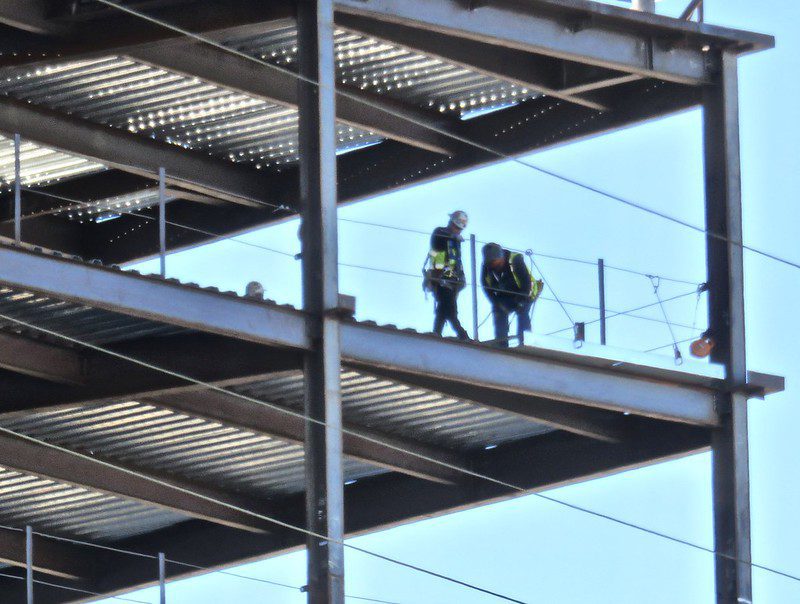
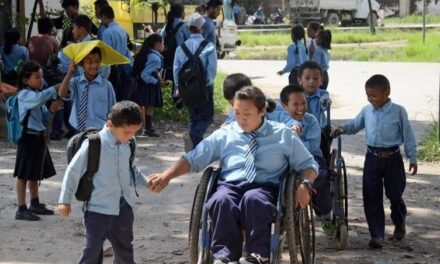
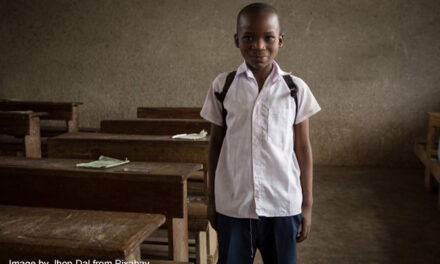
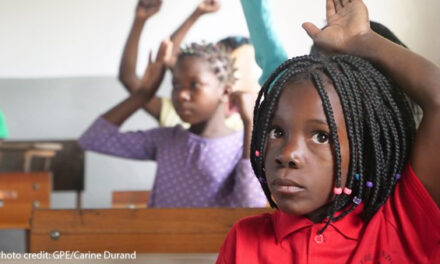
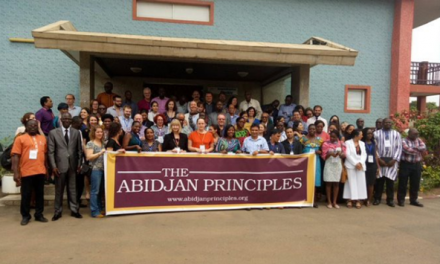
Trackbacks/Pingbacks